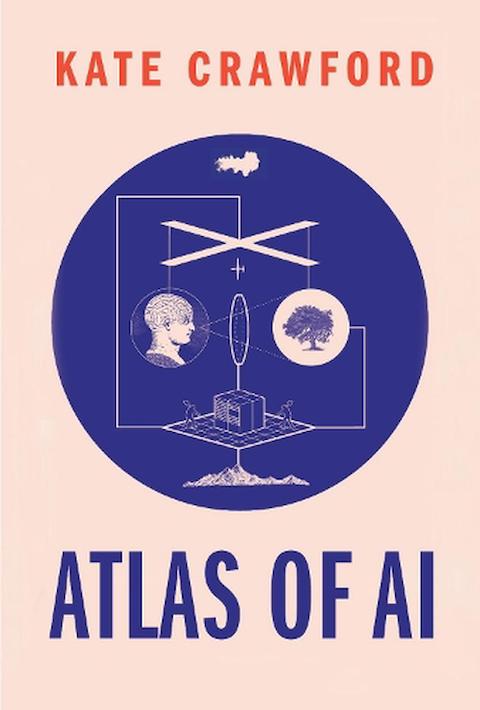
“This is an expanded view of artificial intelligence as an extractive industry.” ~ Kate Crawford
“The master’s tools will never dismantle the master’s house.” ~ Audre Lorde
Kate Crawford works with and for some of the largest developers and promoters of AI. She is a researcher at Microsoft Research, the co-founder and former director of research at the AI Now Institute at NYU, a visiting professor at the MIT Center for Civic Media, a senior fellow at the Information Law Institute at NYU, an associate professor in the Journalism and Media Centre at the University of New South Wales, and a member of the WEF Global Agenda Council on Data-Driven Development.
In Atlas of AI, published in 2021, Crawford reviews the full AI ecosystem. She starts with a review of the true cost of the telecommunications and IT hardware infrastructure and electrical grid and energy to create and operate the platform that AI requires. The true costs and environmental damage are shocking. If ever there was proof that the U.S. leadership has no concern for the environment, let alone “climate change,” here it is.
Crawford also makes clear the fusion between the military-intelligence complex and so-called “Big Tech,” and describes the long-standing movement of government-funded technology into these companies. AI, Crawford concludes, is simply a tool to extract value from the land, labor, and life by those who are centralizing control.
A minority will benefit. The rest likely not.
Crawford goes wide through the various worlds AI touches to help connect the dots. The book chapters outline the areas: Earth, Labor, Data, Classification, Affect, State, Power, and Space. She appreciates the dangers of the extraordinary surveillance involved and the risks when data and systems lack integrity.
Without a background and expertise in the black budget, covert operations, and disaster capitalism, Crawford does not dive into the power of this technology when it is merged with financial transaction control and various forms of invisible weaponry, including mind control technology. She is not schooled as to the nuts and bolts of how you profit from the extraction and liquidation of people and places. However, what she digs out is bad enough.
This is a serious exploration about applied AI and what it could mean to our consciousness, our culture, our politics, and our intelligence. There are lots of remarkable examples and statistics that make the read worthwhile. The reader leaves with an important understanding—AI as currently deployed is designed primarily to extract wealth, not create it.
Crawford does not say this. I will, translating what she does say into the logical economic conclusion. The rent-seeking class has added a new lethal weapon into their toolkit given that their control of the central banks frees them to finance uneconomic projects on a global scale. The implications for productivity match what we are currently viewing worldwide. If the rent seekers’ piece of the pie grows and that managed by the productive shrinks, with technology reducing rather than increasing productivity, then depopulation is the only way to keep the system going. In short, replace markets, honest pricing systems, and meritocracy with an AI rules-based technocracy, and you are going to get exactly what we are observing in the world.
In the meantime, stay tuned for my interview with Whitney Webb on her piece for the Solari Report, “The ‘AI Revolution’: The Final Coup d’Etat?” which publishes next week.
Related Reading:
Situational Awareness: The Decade Ahead (Leopold Aschenbrenner, June 2024)
Purchase the Book:
views: 28
